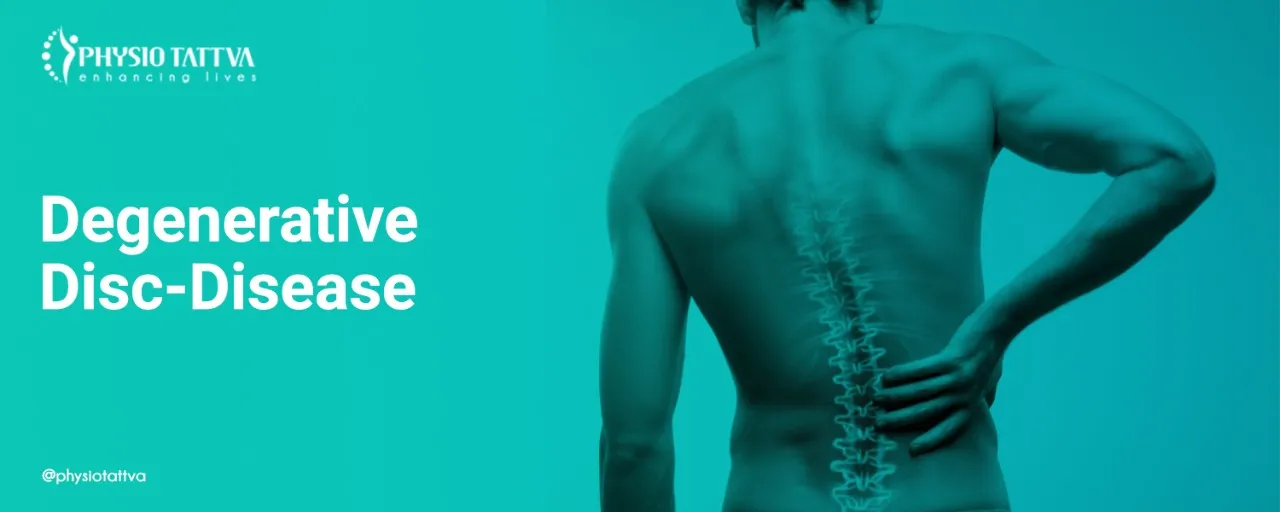Sciatica
Sciatica refers to nerve pain occurring due to an irritation or injury to the sciatic nerve. The condition mostly occurs when a bone spur or a herniated disk on the spine compresses a part of the sciatic nerve.

Degenerative-disc-disease is a typical age-related condition involving normal in the discs between the vertebrae of the spinal axis. With age, the discs suffer from wear and tear, leading to deterioration and eventual breakdown. As these discs are the cushions between the vertebrae, the destruction of the padding will lead to grinding of the small b9nes against each other, leading to excruciating pain.
According to the experts, the term is logically a misnomer, as it is not actually a disease. It is a natural occurrence that is bound to happen in every human being with ageing. It's just that in some people, the degradation will be much higher, and so, the pain will be more.
Degenerative Disc Disease is a typical age-related condition involving normal in the discs between the vertebrae of the spinal axis.
The initial symptoms of the degenerative disc disease can be a sharp and constant pain in the back or neck. And then, the following symptoms may start showing up gradually.
The spinal disks have a soft inner core substance and a tougher outer membrane that protects the core. There can be some changes in the disc leading to the condition.
If you suddenly feel the shooting pain and it lasts in mild or moderate intensity for many days, you should immediately visit a doctor. The specialist can suggest the necessary tests to diagnose whether you are having degenerative-disc-disease. Back pain is so common nowadays that you tend to ignore the issue unless the pain turns severe. But medical consultation is crucial if the pain is recurring or bothersome.
When it comes to degenerative-disc-disease, age is the greatest risk factor. The shrinking of the discs is a natural physical process with growing age. The cushiony support minimizes as you get older. Disc degeneration is common in every adult above 60 years of age. But not all conditions cause pain.
You have a comparatively increased risk of developing the disease if you have a significant injury at the back. Repetitive activities at work can also elevate the risk factor.
You cannot stop the natural degeneration process. But you can definitely follow a few steps to prevent or minimize the impact of degenerative-disc-disease.
The standard treatments for degenerative-disc-disease include:
If you have an advanced form of degenerative-disc-disease, then you are more likely to develop osteoarthritis in the back. As there will be no cushion between the vertebrae, the bones will suffer degradation due to friction. You will feel stiffness in the back that will limit your activities.